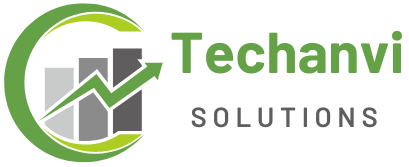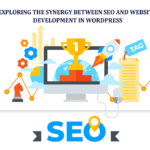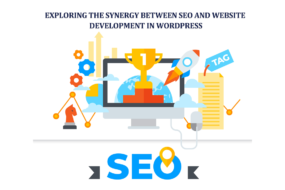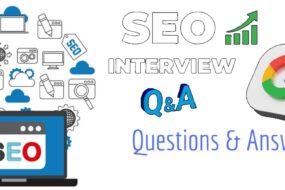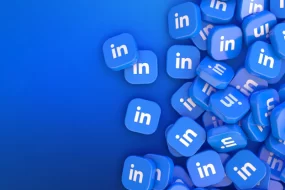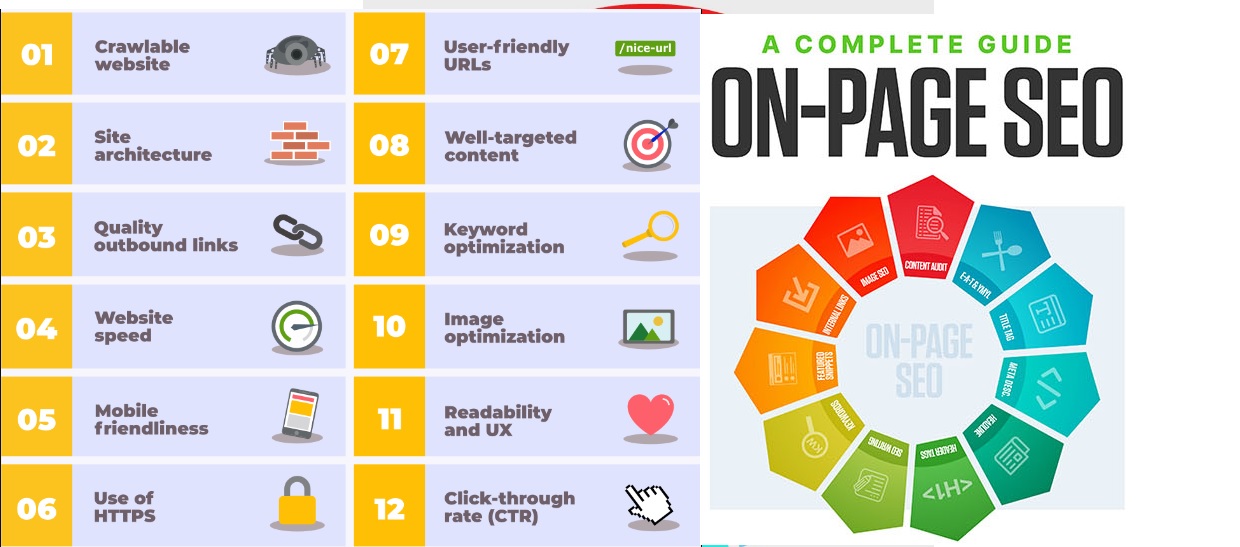

Learn On Site Optimization or On Page SEO Factors
Hello Friends!
Here I am Sharing some information with You about On-page optimization SEO activities for website, brand or business promotion in the digital world:
1. Use SEO-Friendly URLs for Best SEO Practice
According to Google the first 3-5 words of the URL are most important. So, use a short and sweet URL with your targeted keywords.
For Ex : www.xyz.com/pag=345 Or www.xyz.com/28/6/17/category/learn-onpage-seo-factors/
These are wrong format URLs. The right format is: www.xyz.com/learn-onpage-seo-factors/
2. Start Meta Title with Keywords
The title tag of every target URL is the most important part of on-page SEO factor.
In a simple way, I want to say that use your targeted keywords at the beginning of the title tag. It gives more value to search engines when it comes to starting your title tag.
3. Add Modifiers to Your Title
Use modifier words in your meta title tag. These can help you target of long tail keywords. Like: “review”, “best”, “guide”, “2017” etc…
4. Use H1 Tag in Your Page Title and Blog Post Title
H1 tag plays an important role in targeting the keywords. The (H1) tag is also called the heading tag. Most of the free blogging sites (Like: WordPress, Blogger) is automatically added the heading tag in your blog title. But sometimes few themes do not provide it, in this case, you can set it manually.
5. Wrap Subheadings in H2 Tags
Subheading (h2) is also play a important role to increase keywords ranking. At least one time include your target keywords in subheading tags.
6. Use Multimedia in Your Post
Images, videos, logo and multimedia increase the users time on your website or blog post and reduce your bounce rate. Multimedia works on boost the user interaction.
7. Drop Keyword in First 100 Words
You should use your keyword in the first 100-150 words of your content. This is help to understand Google about your page content.
8. Use Responsive Design or User Friendly Website Design
As you know, Google has started penalizing websites that are not mobile-friendly in 2015. So when you will start designing a website, it should be a Responsive Design website. If you want that Google is not penalize your website then, I recommend to you that you should use a mobile-friendly or Responsive Design in your website.
For checking the website, it’s a mobile-friendly or not check it with the Google Tool: https://www.google.com/webmasters/tools/mobile-friendly/
9. Use Outbound Links
This is an easy and white hat SEO strategy to get more traffic on your website. I will recommend to use 2-4 outbound links per 100 words in your page content. It helps to search engines that your page’s content have a quality information.
Remember that the outbound links you are using on your webpage content, is it needful or not means it should be related to page content.
10. Use Internal Links
Internal linking is very useful for SEO so, use 3-4 interlinks in your webpage content. If you want to see a example of how to use it, you can check the Wikipedia page.
11. Boost Site Loading Speed
Google has announced that Page Loading Speed is a factor of SEO ranking signal also. You can boost your website loading speed by using a Content Delivery Network or Content Distribution Network (CDN).
The perfect website loading time doesn’t more than 4 seconds to load. According to source of MunchWeb 75% of users exit from your website because it take longer than 4 seconds to loading time.
You can easily check and look your website’s speed also can boost your site speed by using this excellent Google tool: https://developers.google.com/speed/pagespeed/insights/
I also recommend another tool for checking site loading speed with this: GTMetrix.com
12. Use LSI Keywords in Your Post Content and Page Content
LSI keywords are the synonym keywords that Google uses to decide a page’s relevancy and quality. So use LSI keywords into every post.
If you want to use 100% LSI keywords then, search your keyword in Google and check with scroll down bottom of the page. I have attached a screenshot also below here.

13. Image Optimization
Image optimization is also a part of on-page SEO. Use at least one image file name including with your target keyword (for example: on_page_SEO.png) and also use Alt Text (image alt tag) in your image because it is also a part of SEO.
Image Alt Tag gives search engines (Ex: Google, Yahoo) another hint to help rank in organic search. When search engines see images on your page with “alt text” it tells them about.
14. Use Social Sharing Buttons on Page
As the Google algorithm social buttons are not play an important role in SEO but Social media buttons (like: Facebook.com, Twitter.com, Linkedin.com and Pinterest.com) give you indirect raking boost. Because, it caches the users to generate the more traffic on website. About the study by BrightEdge found that major social sharing buttons can increase social sharing by 700%. So place social sharing buttons highly on your website.
15. Post Long Content on Page
SEO says “length is strength” and found that longer content be likely to increase rank higher on search engine’s first page. According to Google longer content on the webpage (website, blog post) helps you increase the ranking better of your target keywords and also long tail keywords.
16. Boost Dwell Time
If a user visits on your website’s page and immediately click back button after landing on a page then, Google says it is black-and-white also called this is a low quality page. This situation, Google defines that it is “dwell time” because of the low size of your content’s quality. If you want to increase your “average dwell time” then write long content, engaging content for engaging users that keeps reading.
17. Quality Content:
Quality content gives to you indirect methods:
- Repeat visitors on website or pages
- Chrome bookmarks of your site
- More time on the website
- Dwell time
- Searches for your brand
I believe that websites have high quality and long blog comments, get more search results.
18. Maximize Organic (Click-Through-Rate) CTR:
There’s no doubt that Google uses organic clicks as a ranking signal. And if you are not using then you need to optimize your Google listing for CTR. The simple is formula that: More clicks=more traffic
For more information about on-page factors contact us here.
Contact us for website promotion, website designing and development services by visiting our website.
Want to Submit Guest Post Send Mail Now!
Recent Post
Your Ultimate Guide to Acing Niche Content
- March 23, 2024
- 6 min read
Exploring the Synergy Between SEO and Website
- January 25, 2024
- 7 min read
Automating Operations for Digital Marketing Startups in
- January 9, 2024
- 5 min read
List of Top 10 SEO Companies in
- October 6, 2023
- 6 min read
Caring for Health and Trust: Why Doctor
- September 16, 2023
- 7 min read
